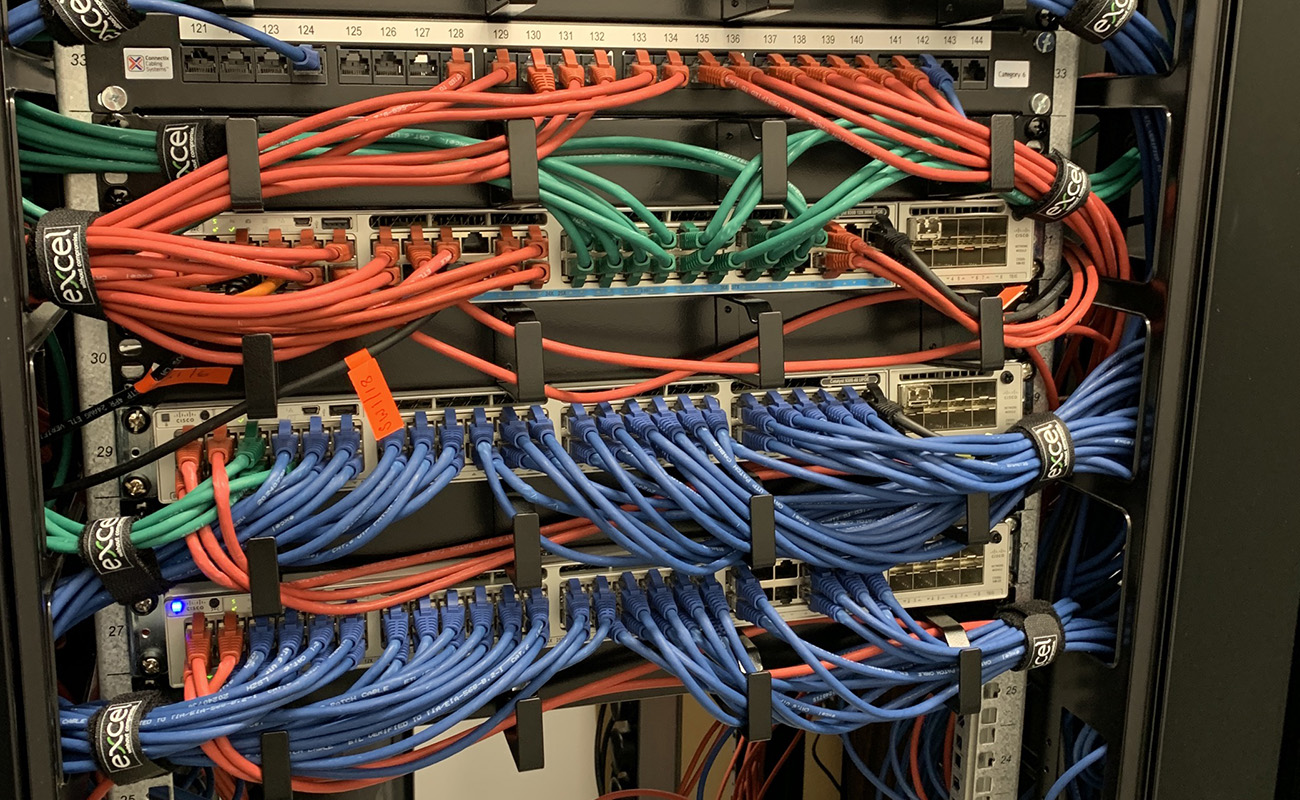Case Study: Network Transformation. Network Infrastructure and Wireless Migration across UK and Europe.

Overview
A multi-national organisation within the Insurance Sector undertook a network and wireless migration project spanning 30 countries.
The initiative involved upgrading existing hardware to new Cisco and Meraki switches and wireless access points.
This comprehensive project included conducting wireless and site surveys, auditing and restructuring communication cabinets, configuring new switches with full wireless coverage, decommissioning legacy hardware, and ensuring secure and sustainable disposal of IT assets.
Challenges
The project addressed the following challenges:
Legacy infrastructure presented significant challenges stemming from its diverse and non-standard configuration across multiple providers and vbendors, creating fragmented systems and inefficiencies.
Complaints were prevalent across WAN, LAN, and wireless infrastructure due to the inability to ensure collaboration across locations.
Endpoint devices suffered from inconsistent security policies and the lack of a structured framework, leading to vulnerabilities and degraded service provision. The reliance on multiple providers added further complexity, resulting in non-standard and inconsistent service delivery.
In addition, the absence of centralised management systems hindered visibility into network performance and slowed issue resolution. Scalability emerged as another concern, as fragmented setups struggled to accommodate growing demands and evolving technology.
Lastly, limited coordination among providers exacerbated maintenance challenges, reducing reliability and increasing downtime risks. Addressing these issues requird a unified strategy to consolidate providers, standardise frameworks, and ensure robust security measures across the network.

Break - Anecdote - Challenge/Complexities Statement.

Solution
The team adopted a systematic and phased approach to address these challenges:
Detailed Wireless and Site Surveys: Conducted surveys at each site to assessed the infrastructure, identifying gaps and determining requirements for new hardware and cabinet restructuring and map existing coverage to optimise the placement of new Meraki access points for maximum performance.
Cabinet Infrastructure Upgrades and Consolidation: Performed audits to evaluate existing on-site switch infrastructure and patching to enable removing obsolete equipment and consolidating resources. Cabinets were restructured for better airflow, accessibility, and organised patching solutions.
Standardised Switching: Replaced outdated switches with Cisco and Meraki devices, configuring VLANs, QoS settings, and advanced security features. Standardised configurations across all sites to ensure consistent functionality and scalability.
Wireless Access Point Deployment: Installed new Meraki access points based on insights from the wireless surveys, ensuring optimal coverage and connectivity tailored to the specific needs of each site.
Decommissioning and Asset Disposal: Decommissioned legacy switches, access points, and other hardware, ensuring complete data sanitisation to meet regulatory standards. Partnered with certified e-waste recyclers for environmentally responsible disposal of outdated equipment.
Results
The project was successfully delivered across all 30 countries in 6 months, achieving the following:
Enterprise Grade Wireless Connectivity: Enhanced coverage, reliability, and performance, secured through segmentation, tailored to each site’s requirements
Streamlined Infrastructure: Communications cabinets were reorganised and consolidated, enabling easier maintenance
Future-Proof Network: Standardised, secure and scalable configurations for Cisco and Meraki switches and wireless access points.
Secure and Sustainable Disposal: Compliance with data protection regulations and environmentally responsible disposal of decommissioned assets.
Consistency Across Regions: Uniform network design and wireless infrastructure provided a standardised, secure experience across all locations.

Conclusion
This multi-country migration project highlighted the importance of thorough wireless and site surveys, as well as strategic planning, in modernising network and wireless infrastructure.
By addressing legacy challenges, optimising cabinet design, and ensuring compliant IT asset disposal, the organisation successfully implemented a future-ready secure network that meets the demands of its diverse European operations.
